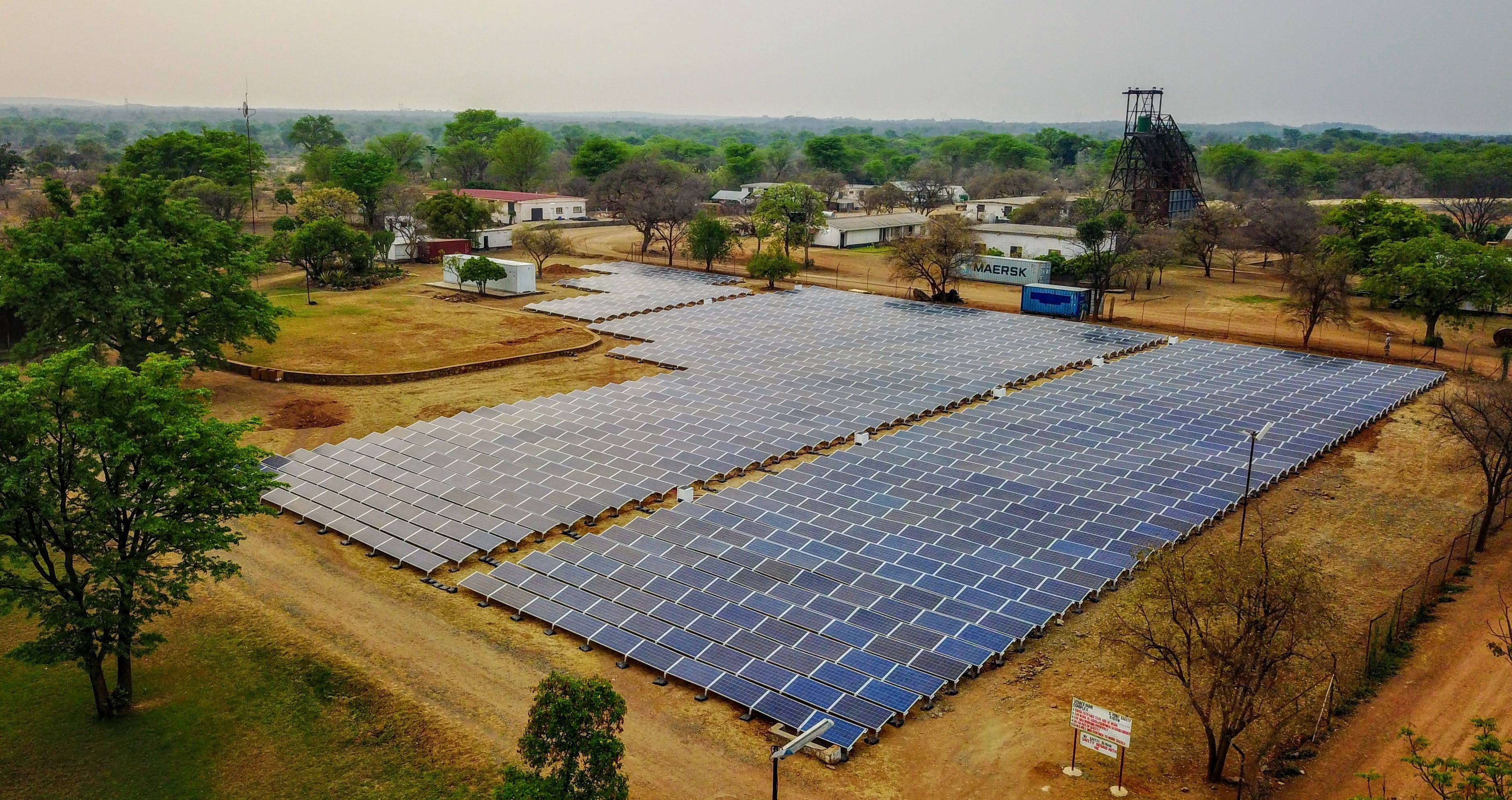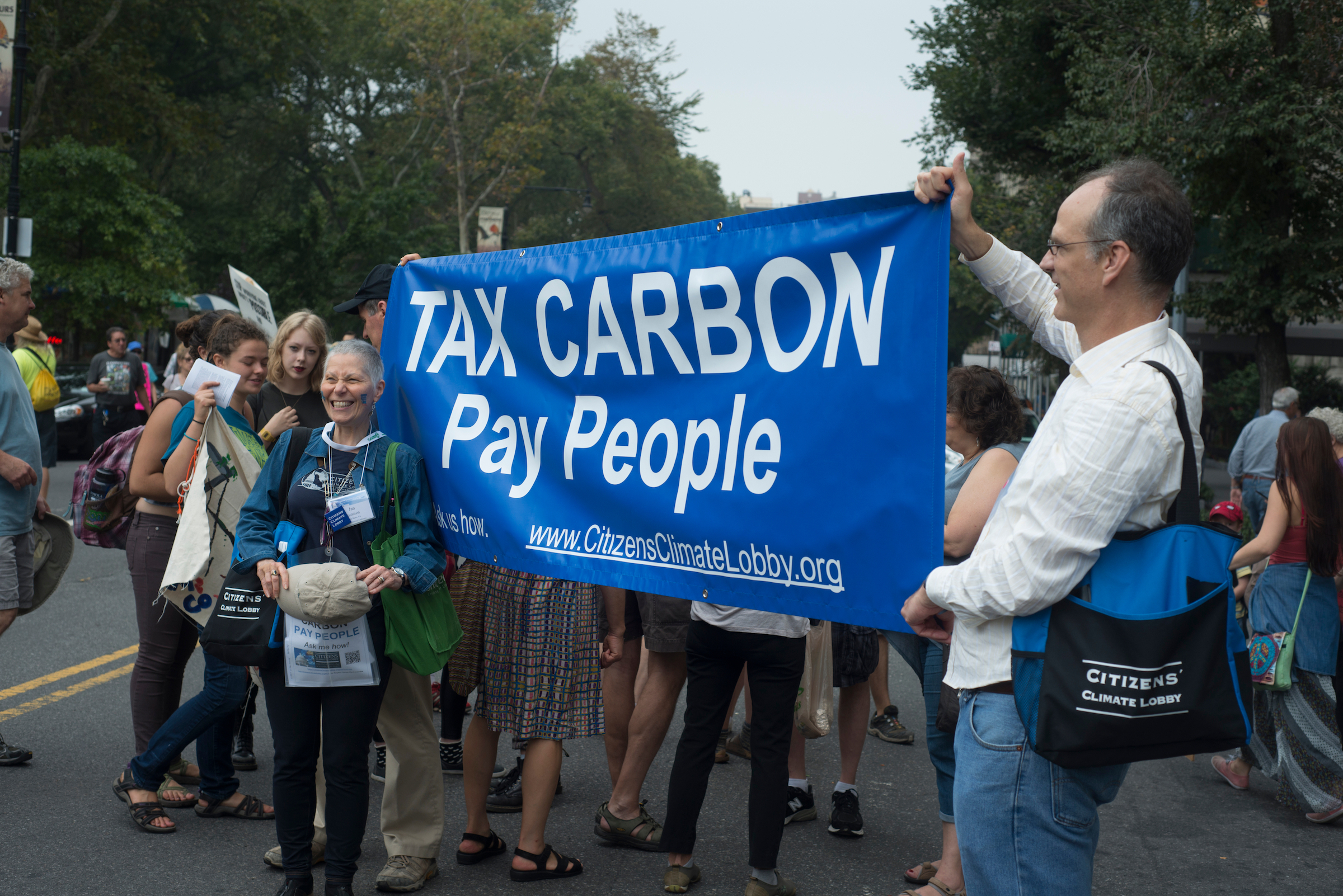They might say we want to develop first to get to a stage of economic growth and then think about decarbonisation. While this solution might seem acceptable because we’re only talking about 10% of the emissions of the US, it’s not the best. As we develop, we will need more energy, and if we start thinking about generating that energy from clean sources so we have cleaner energy sources and cleaner energy users and cleaner products, then we can develop faster and lead the entire world into a decarbonised economy. So that’s one way to go from a very reactive approach to a proactive response to decarbonisation. A proactive response is to see the opportunities.
For example, in Africa, you’ve got all the sunshine, wind and water. We could start generating hydrogen from clean electricity and lead the rest of the world in the use of hydrogen and in the development of hydrogen. So that’s seeing the call for decarbonisation as an opportunity to be innovative and lead the rest of the world.


